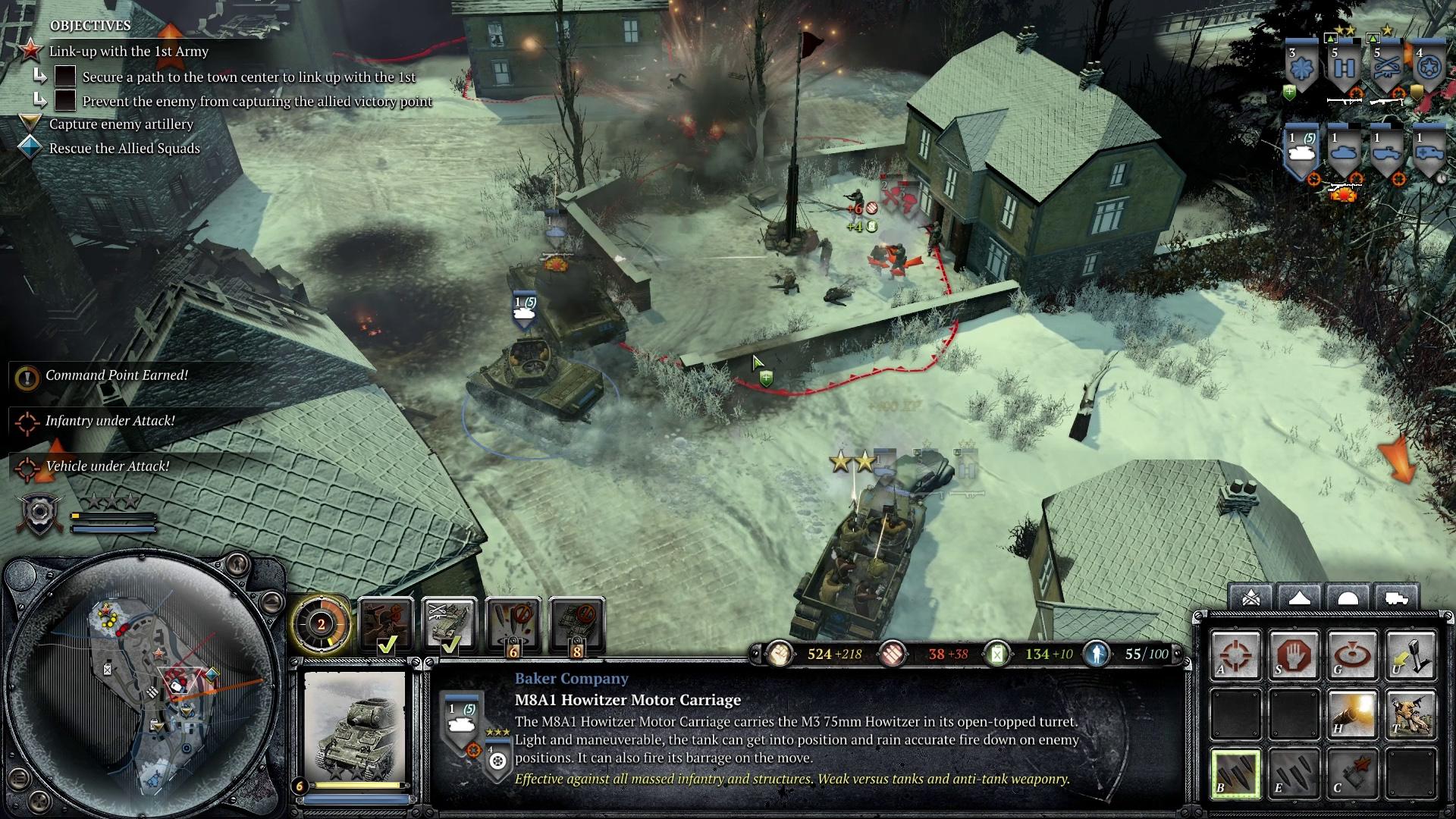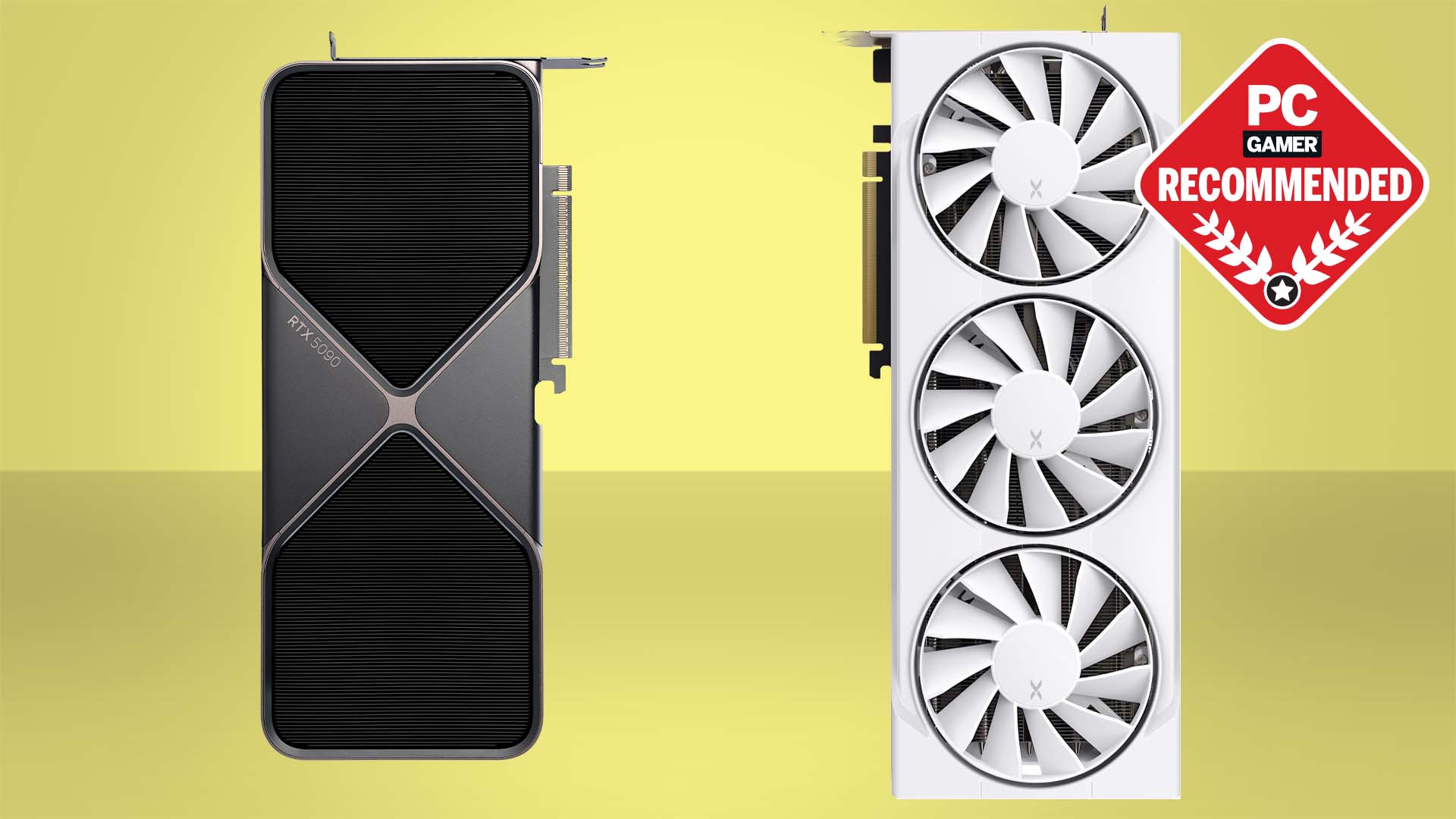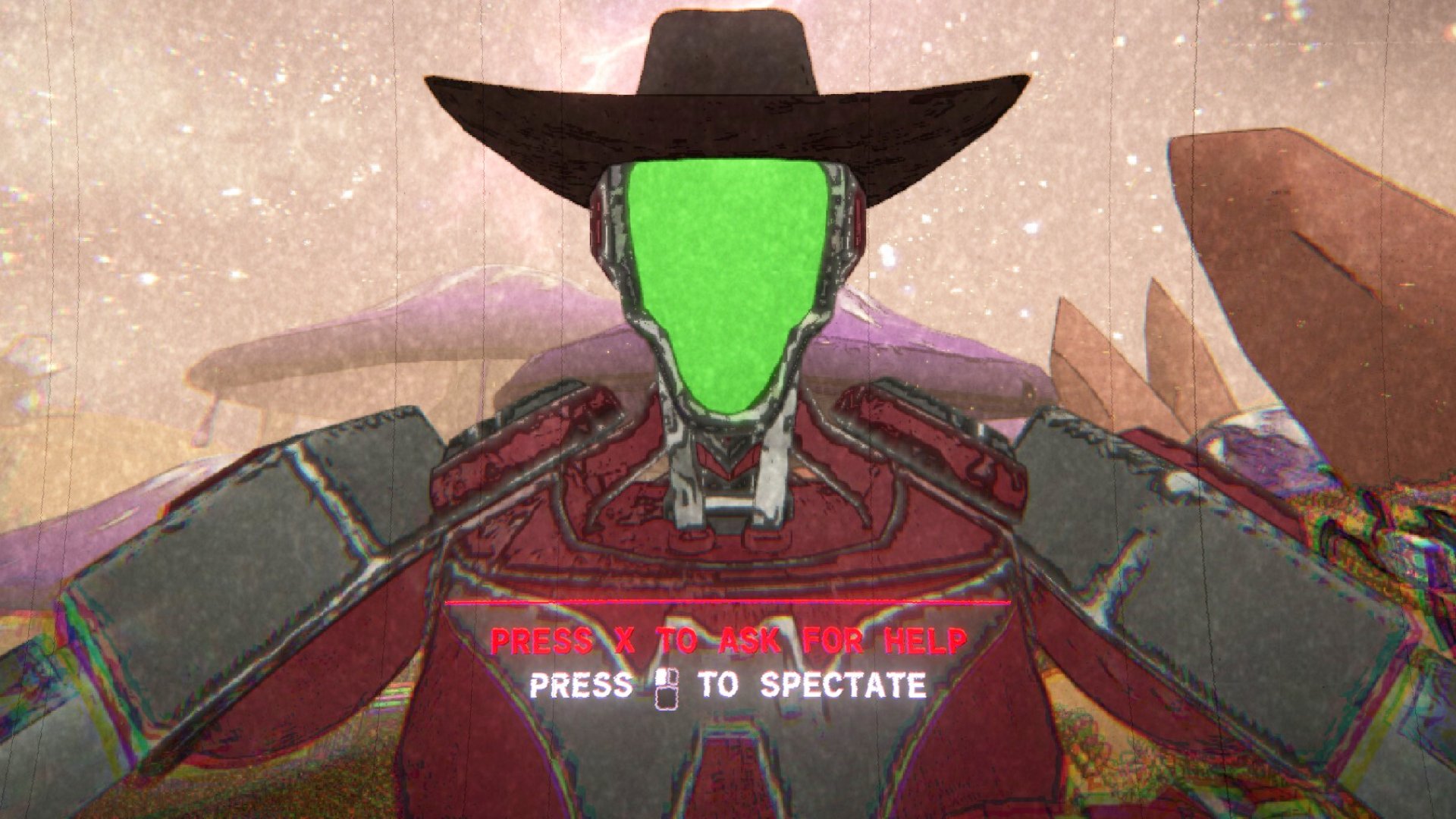Our Verdict
It's 10/$15 too expensive, but Ardennes Assault is still a fine addition to any RTS fan's library.
PC Gamer's got your back
What is it: War with less hoo-rah and more clicking.
Influenced by: 1939-1945
Reviewed on: Core i7 2.2GHz, 24GB RAM, Geforce GT 750M
Alternatively: Supreme Commander 2, 87%
DRM: Steam
Price: £30/$40
Release: November 18
Developer: Relic Entertainment
Publisher: Sega
Link: Official site
Multiplayer: Ardennes Assault is a singleplayer campaign.
By Ian Dransfield.
It's strange that most war games seem to have forgotten that one very famous saying: 'you've won the battle, but you haven't won the war'. A couple of hours into Company of Heroes 2: Ardennes Assault's campaign it becomes clear Relic hasn't forgotten about it. This is very much built from significant individual battles, and a game where you're in for a long, hard slog. Even when you are winning a lot along the way.
This is Relic's second expansion pack for Company of Heroes 2, and both of them—Ardennes Assault and The Western Front Armies—are standalone, so you don't need the original, explosive Eastern Front-'em-up to play. Where the last add-on was multiplayer-focused, Ardennes Assault is very much a single-player campaign, but one that's learned a lot of lessons from the online world.
There's persistence in your companiesùDog (support), Able (airborne) and Baker (mechanical)—meaning they accrue veterancy and, equally, casualties. As you make your way around the meta-map of your conflict zones in the Belgian region, you soon realise this is as much a part of the game as the more traditional 'click on the baddies to make them die' bit.
You're in for a long, hard slog, even if you're winning a lot along the way.
As you're free to move your companies how you want while navigating the next 18 missions, you can employ some high-level strategy as you go. Ignore it at your peril, because that's where these won: battle, lost: war scenarios come into play, as I will briefly explain now.
A skirmish popped up that required me to defeat a small German outpost in a picturesque village by capturing command points and intercepting regular supply drops in order to outlast the enemy. I made a beeline straight for this mission on the meta-map and, a matter of 20 minutes later, had successfully routed the defending Nazis.
Those who had lost the battle retreated across the map through territory I had ignored—and could have blocked off with other companies—before meeting up with, and reinforcing, another German position. When I moved on to the next mission, which was already more difficult, the Germans were in a much stronger position than they had been before.
I had won the battle, but it had a hugely negative effect on my overall war.
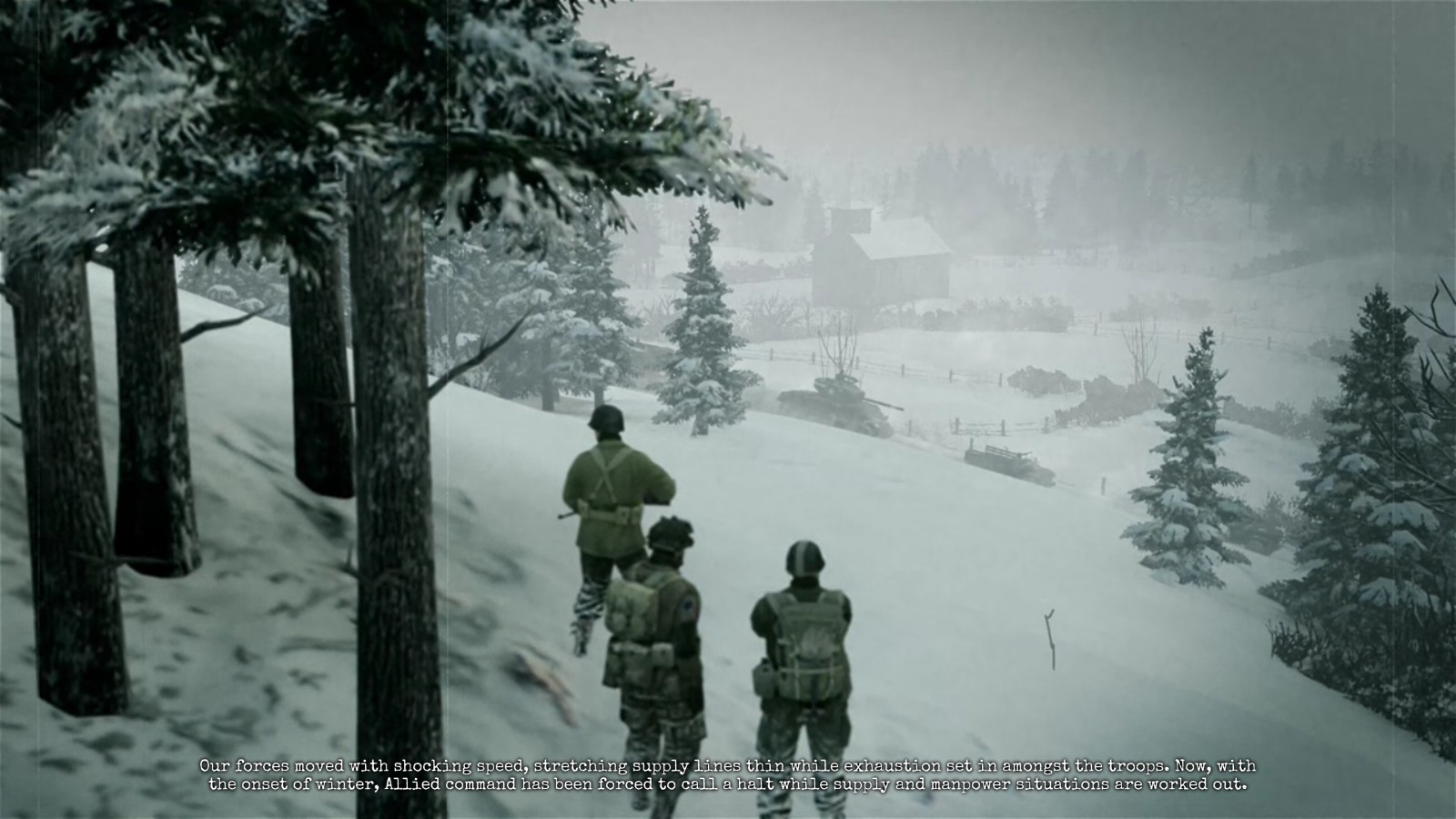
Frankly, that's fantastic and I'm delighted to see Relic—one of the few big-name developers still making real-time strategy games on a grand scale—upping the strategy quota rather than watering it down for the mass market. The fact you're playing this wider game of cat-and-mouse on the meta-map before you've even jumped into the main game, while not a new idea, gives valuable context to battles, and creates a sense of ebb and flow across a vast conflict.
This filters down to your companies. Each has its own skill tree to upgrade as you choose—make the paratroopers cheaper to call in, or have your aerial bombardment arrive a bit faster, for example. Focusing on just one company's power is viable, but striking a balance is obviously the far more sensible option. War isn't sensible, though.
As well as manually selected upgrades, units can gain ability through veterancy. In short, you want to keep your troops alive as long as possible—the more combat they see, the better they are. But all the same, you can operate a distinctly Stalinist approach to war and send unfathomable numbers of young men into the grinder. If you're a bastard, at least.
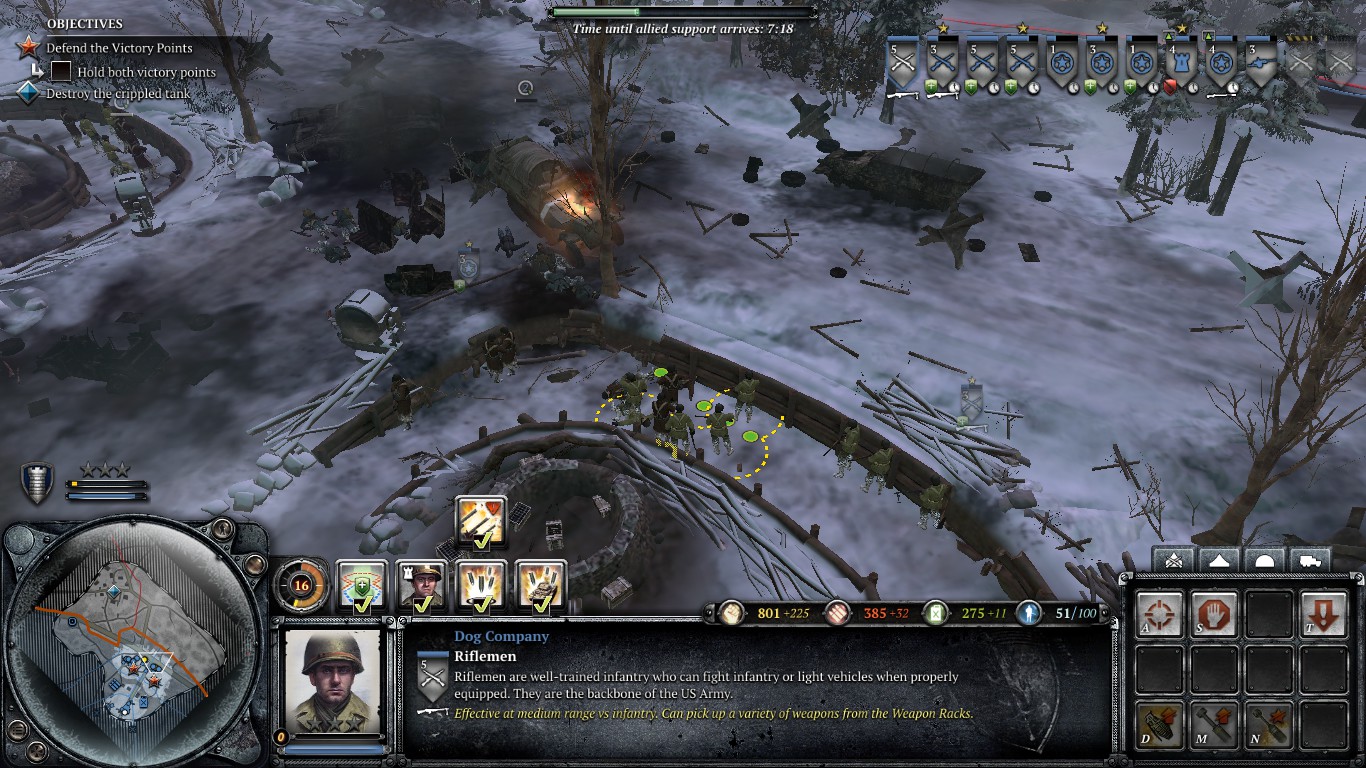
On the battlefield it's pretty much Company of Heroes as you know and love it—intense, harrowing real-time strategy with an emphasis on small squads and tactics over tank rushes and superweapons. You're expected to make good use of your surroundings and make tactical decisions on the fly, or you will end up with your backside being handed to you repeatedly. And it will be repeatedly, because Ardennes Assault's emphasis on persistence means a loss isn't game over, it's a 'try again with weakened forces'.
These on-the-fly tactics are made all the more necessary by AA's emergent elements—randomly selected objectives and sub-objectives; an opponent of varying power and ability; a change in approach necessitated by both the company you choose to enter a conflict with and its veterancy level. It all adds up, and you have to keep on top of all of it to be successful.
It can be difficult to keep your concentration when all hell is breaking loose, and I found myself pausing the game a fair bit just to get some bearing on what in the name of zombie jeebus was going on. But once the smoke, literally, clears and you come out the other side victorious, there's little more satisfying.
Just so long as you've remembered to cut off the German's escape route beforehand.
It's 10/$15 too expensive, but Ardennes Assault is still a fine addition to any RTS fan's library.
PC Gamer is the global authority on PC games—starting in 1993 with the magazine, and then in 2010 with this website you're currently reading. We have writers across the US, Canada, UK and Australia, who you can read about here.
